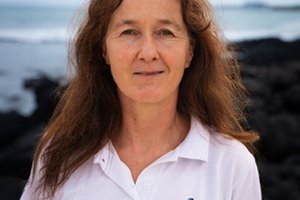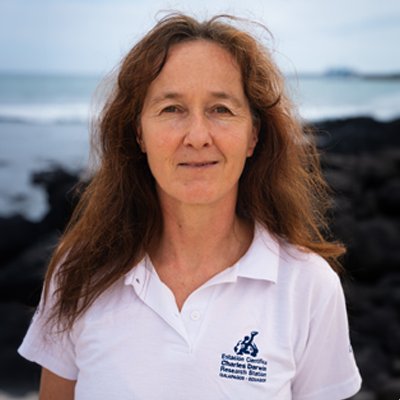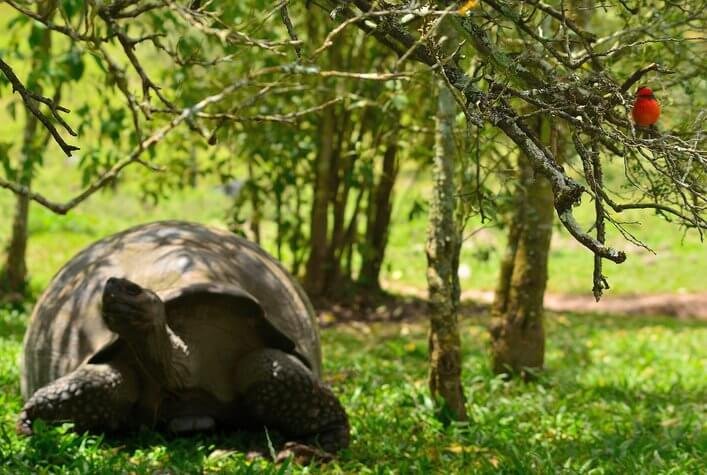
Results of a phylogenetic study that used samples of the vermillion flycatcher from the museum collection of the California Academy of Sciences were published on the 24th of May 2016 in the journal “Molecular Phylogenetics and Evolution”.
The study was led by investigator Ore Carmi of the California Academy of Sciences and states that the two subspecies of vermillion flycatcher found in the Galapagos are two true species. The species Pyrocephalus nanus is found on almost all the islands of the archipelago and Pyrocephalus dubius was only reported on San Cristobal.
The scientists that worked on this study based their research on samples collected in 1905 and 1906 during the California Academy of Sciences Expedition to Galapagos. The samples collected and studied are stored at the Museum of the California Academy of Sciences. With this evidence the scientists are going to make an official request for a name change of the two subspecies to the American Ornithologists Union for North and South America.
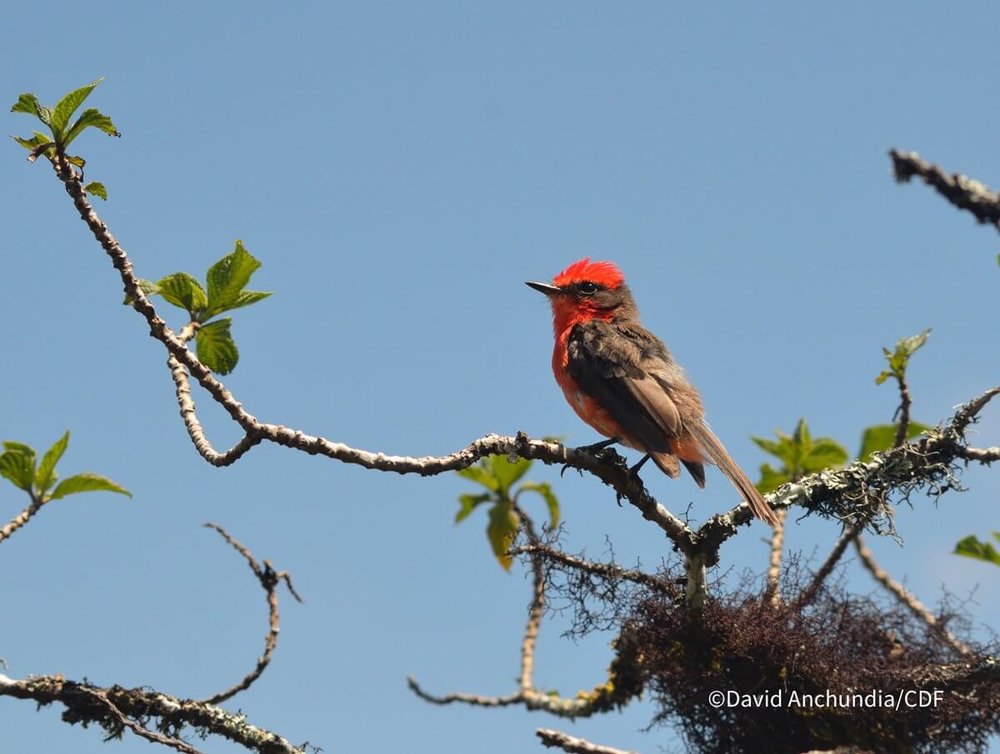
The researchers state that Pyrocephalus dubius was reported for the last time in 1987 and that it may be extinct. They suggest that this could be the first landbird extinction reported in the Galapagos Islands in modern times.
Since 2013, the Charles Darwin Foundation (CDF) and the Galapagos National Park Directorate (GNPD) have been working with collaborating ornithologists on a program to conserve the small landbirds of the Galapagos Islands.
The objectives of the program are to evaluate the status of landbirds, to study their ecology, and to develop mechanisms for their protection. Included in these studies is the registration and regular monitoring of populations of the vermillion flycatcher in the archipelago. Recent reports show a decline or an absence of birds on some islands. Interviews conducted on San Cristobal suggest that the vermillion flycatcher has been seen more recently than 1987; it is not known whether it is extinct or extremely rare. Island-wide surveys are needed to determine its status. It has not been seen on Floreana and on Santa Cruz Island the vermillion flycatcher is in a critical state with approximately 50-60 individuals.
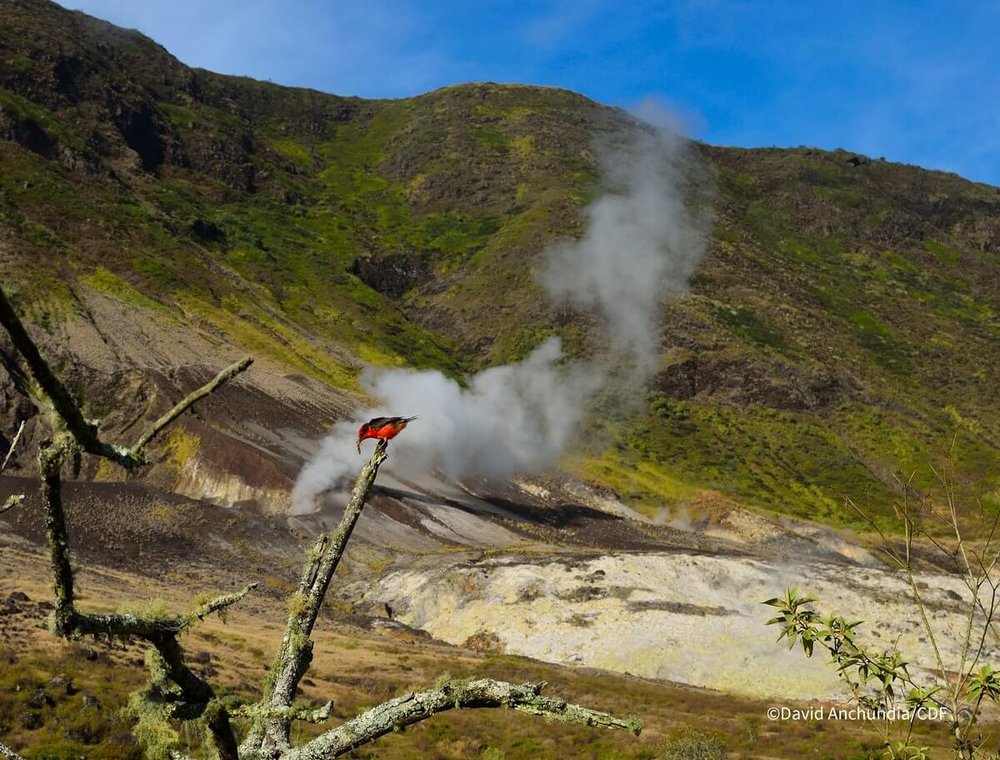
To understand their reproductive biology and the factors that are influencing in population declines the vermillion flycatcher is being studied on Isabela and Santa Cruz by CDF and ornithologists from the University of Vienna. Threats could include the invasive parasitic fly Philornis downsi, cats, introduced rats and the reduction of habitat (humid forests) by invasive plants. Also, in conjunction with the University of Missouri, scientists are analyzing if a parasite or a disease could be affecting bird populations.
CDF researcher David Anchundia and GNPD park rangers travelled to Wolf and Alcedo volcanoes on Isabela Island, finding apparently healthy vermillion flycatcher populations in these two areas.
Scientists, together with technicians of the GNPD, are continuing efforts to understand the status of these small landbirds in order to develop methods that will lead to an increase in population numbers of this symbolic bird of the Galapagos Islands.
Additional related information
Landbird Conservation Plan 2012
Article about the Galapagos Vermillion Flycatcher’s by Godfrey Merlen
'Galápagos Islands face first-ever bird extinction' in California Academy of Sciences





